
False Widow Spider
False widow spiders are often the subject of unflattering headlines, but in reality they're unlikely to bite humans.

False widow spiders are often the subject of unflattering headlines, but in reality they're unlikely to bite humans.

Farmland can conjure up rural images of brown hares zig-zagging across fields, chattering flocks of finches and yellowhammers singing from thick, bushy hedges and field margins studded with wildflowers.
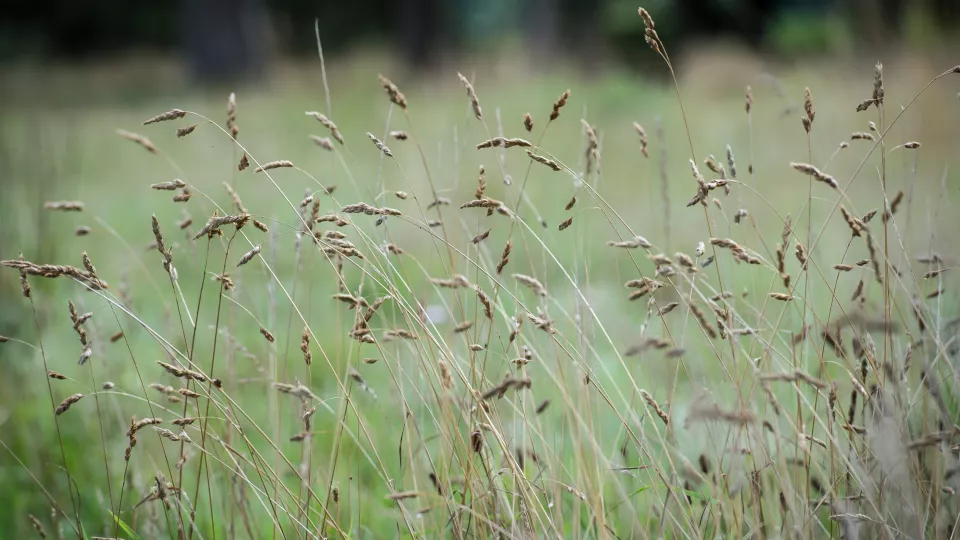
Flower-rich grasslands, once a part of every farm, are part of our culture. Most have developed alongside humans because of livestock grazing and cutting for hay. Many have archaeological and historical features.
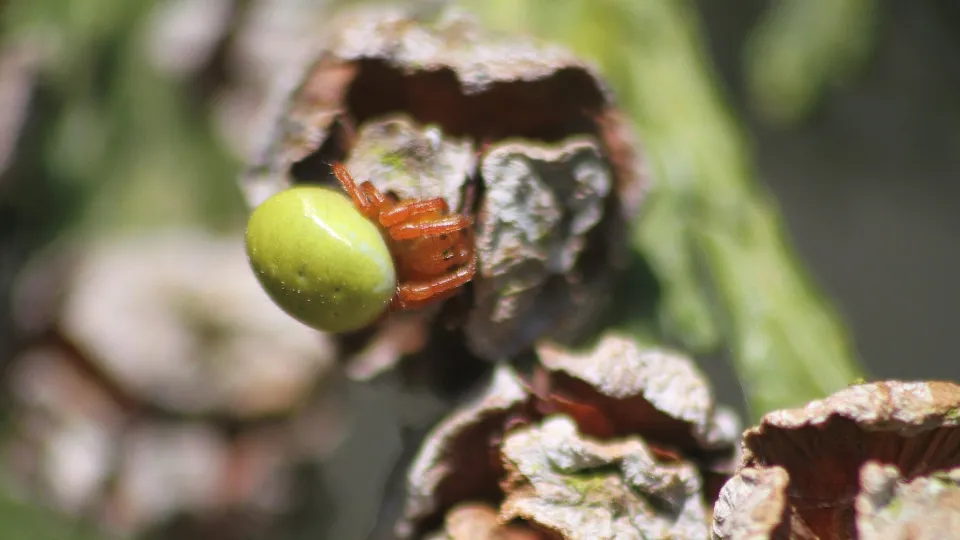
There are several species of cucumber spider, recognised by their bright green abdomen.
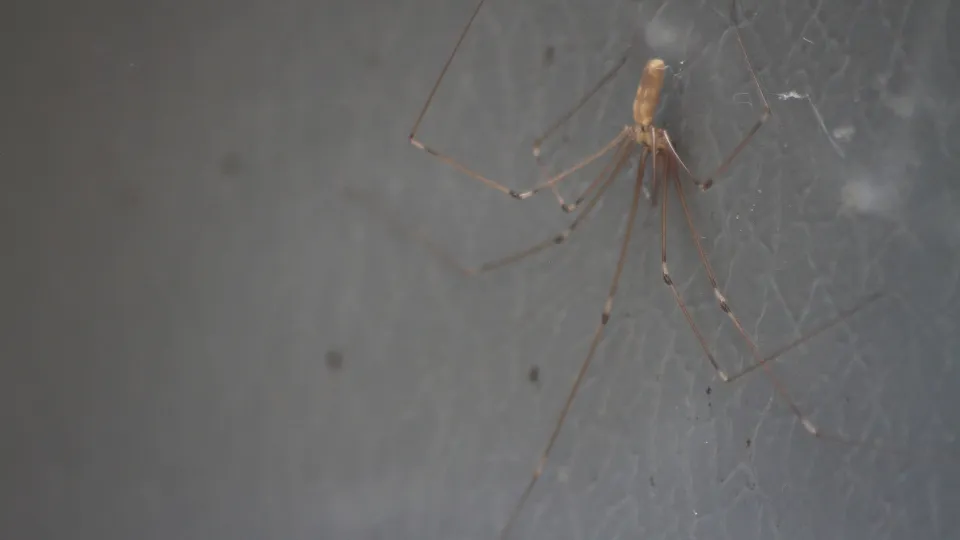
You've probably spotted this long-legged spider hiding in the corner of a house or building.
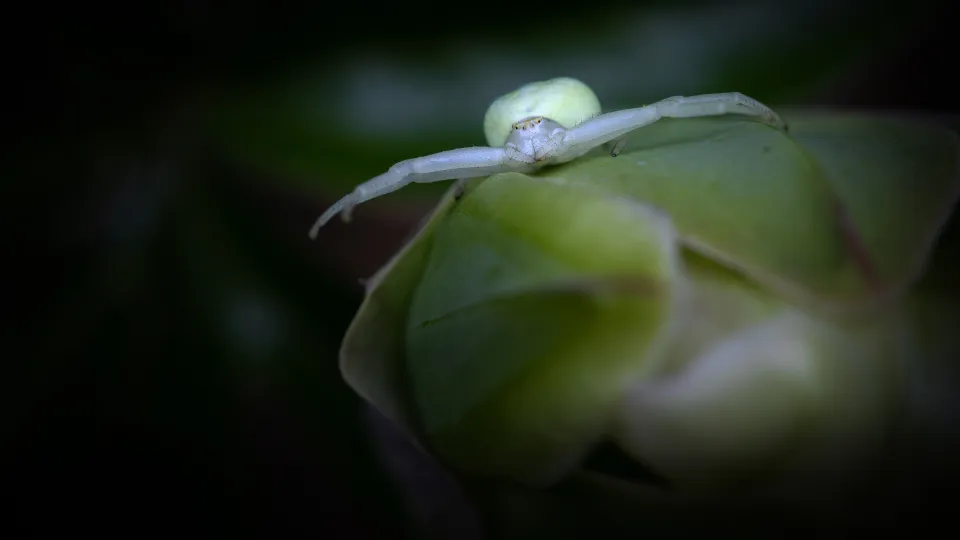
The flower crab spider is one of 27 species of crab spider. The flower crab spider can alter the colour of its body to match its surroundings and to hide from prey. It is not as common as other types of crab spider.

As its name suggests, the zebra spider has the familiar black-and-white stripes of a zebra, making it very distinctive. It can be found stalking its prey on rocks, trees and walls, particularly in gardens.
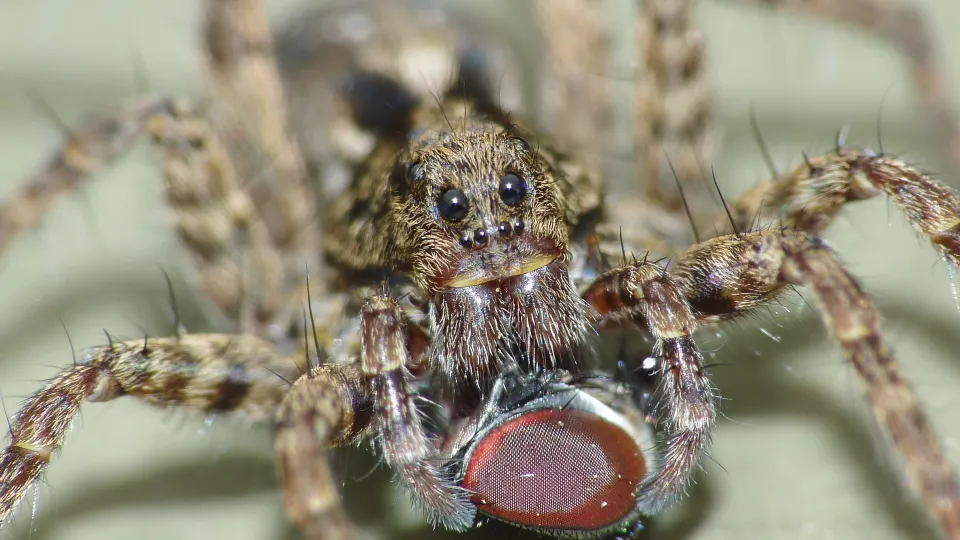
The wolf spider can be found in a wide range of habitats, including the garden. It hunts down its prey, leaping on it just like a wolf. Spiders are beneficial neighbours, helping to manage garden pests.
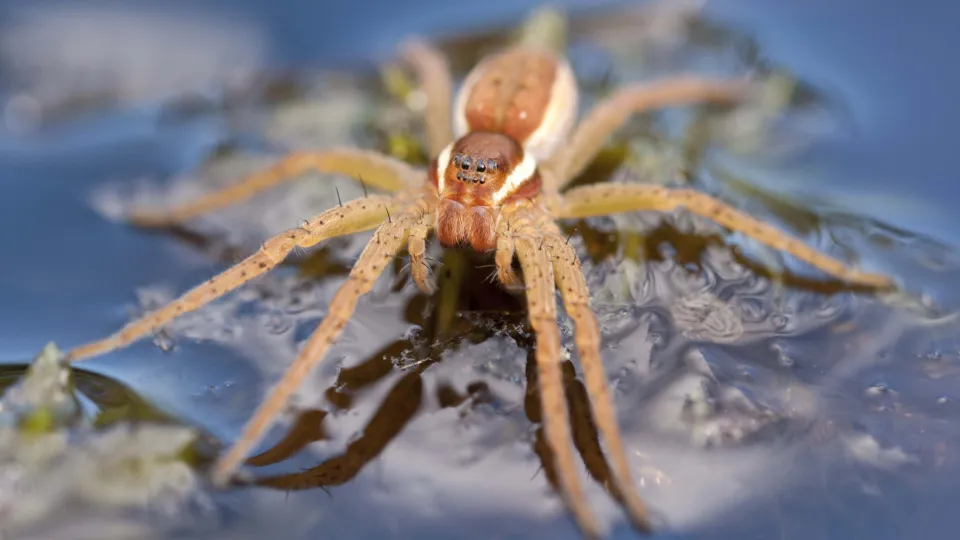
The chocolate-brown raft spider inhabits bogs and ponds. It can be spotted sitting near the water, its legs touching the surface. When it feels the vibrations of potential prey, it rushes out to catch it, floating like a raft.
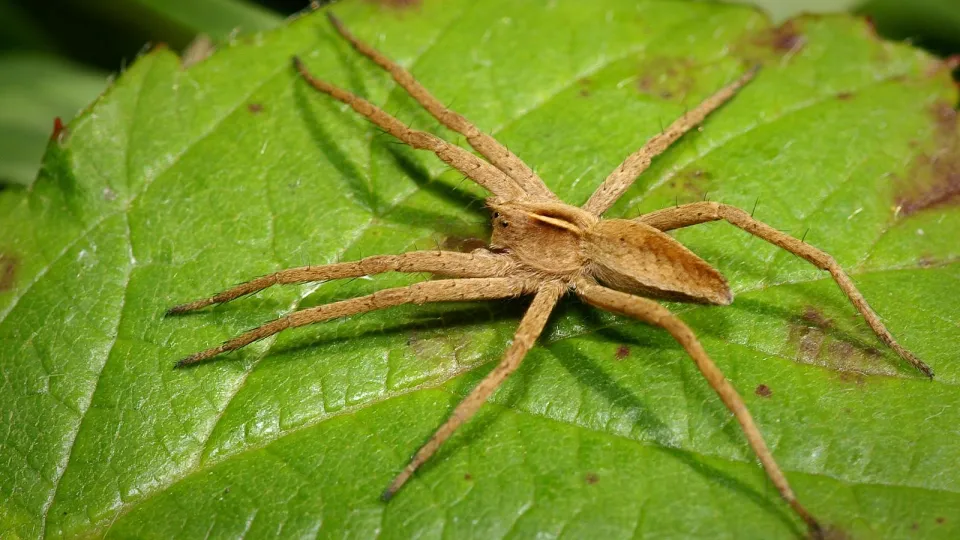
A common spider of heathland and grassland, the Nursery web spider has brown and black stripes running the length of its body. It is an active hunter, only using its silk to create a protective tent for its young.